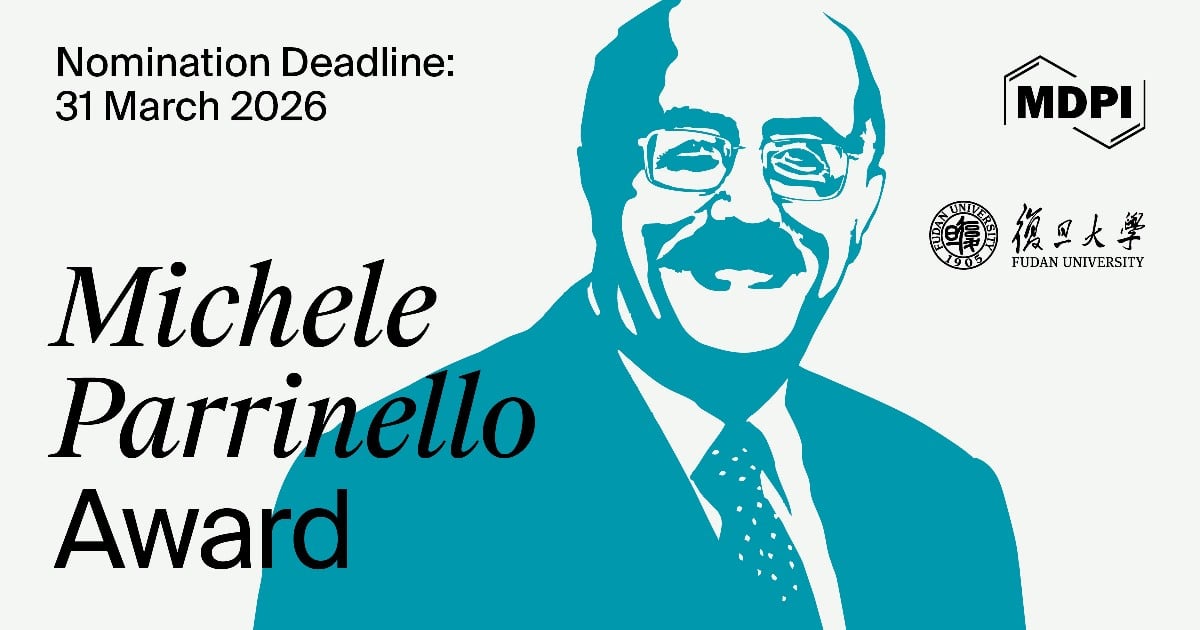Journal Description
Religions
- Open Access— free for readers, with article processing charges (APC) paid by authors or their institutions.
- High Visibility: indexed within Scopus, AHCI (Web of Science), ATLA Religion Database, Religious and Theological Abstracts, and other databases.
- Journal Rank: CiteScore - Q1 (Religious Studies)
- Rapid Publication: manuscripts are peer-reviewed and a first decision is provided to authors approximately 25.4 days after submission; acceptance to publication is undertaken in 4.5 days (median values for papers published in this journal in the first half of 2025).
- Recognition of Reviewers: reviewers who provide timely, thorough peer-review reports receive vouchers entitling them to a discount on the APC of their next publication in any MDPI journal, in appreciation of the work done.
Latest Articles
E-Mail Alert
News
Topics
Deadline: 31 December 2025
Deadline: 31 October 2026
Deadline: 31 January 2027
Conferences
Special Issues
Deadline: 30 December 2025
Deadline: 31 December 2025
Deadline: 31 December 2025
Deadline: 31 December 2025




















